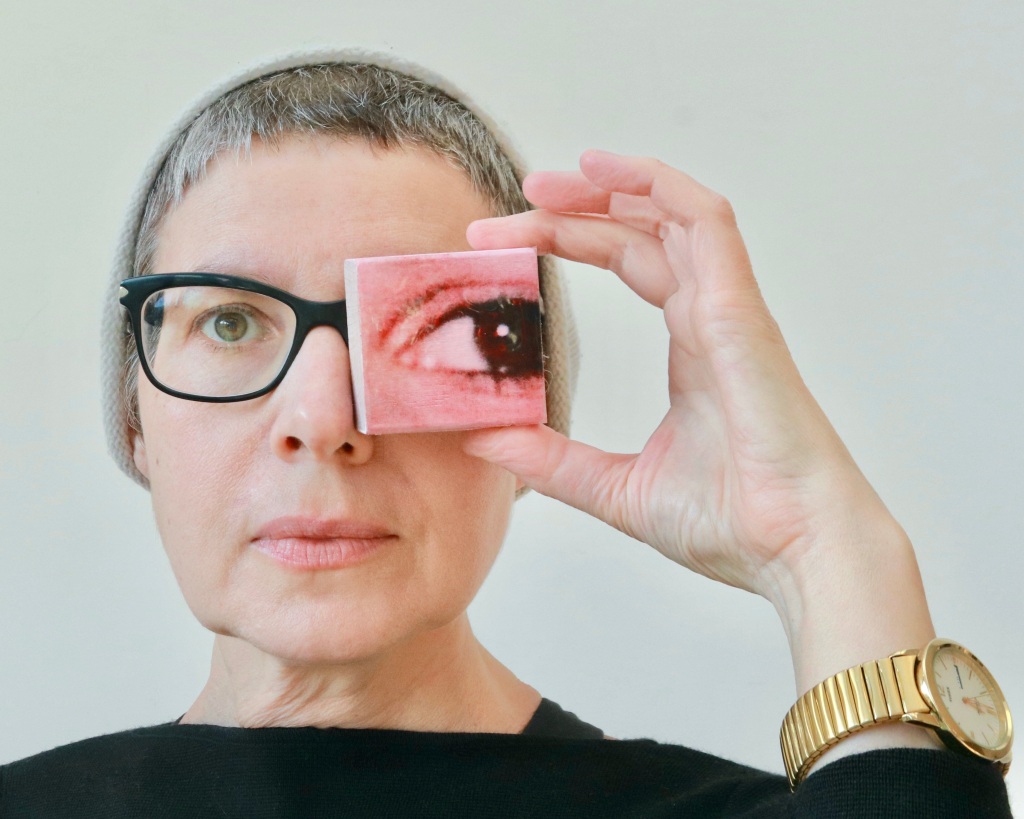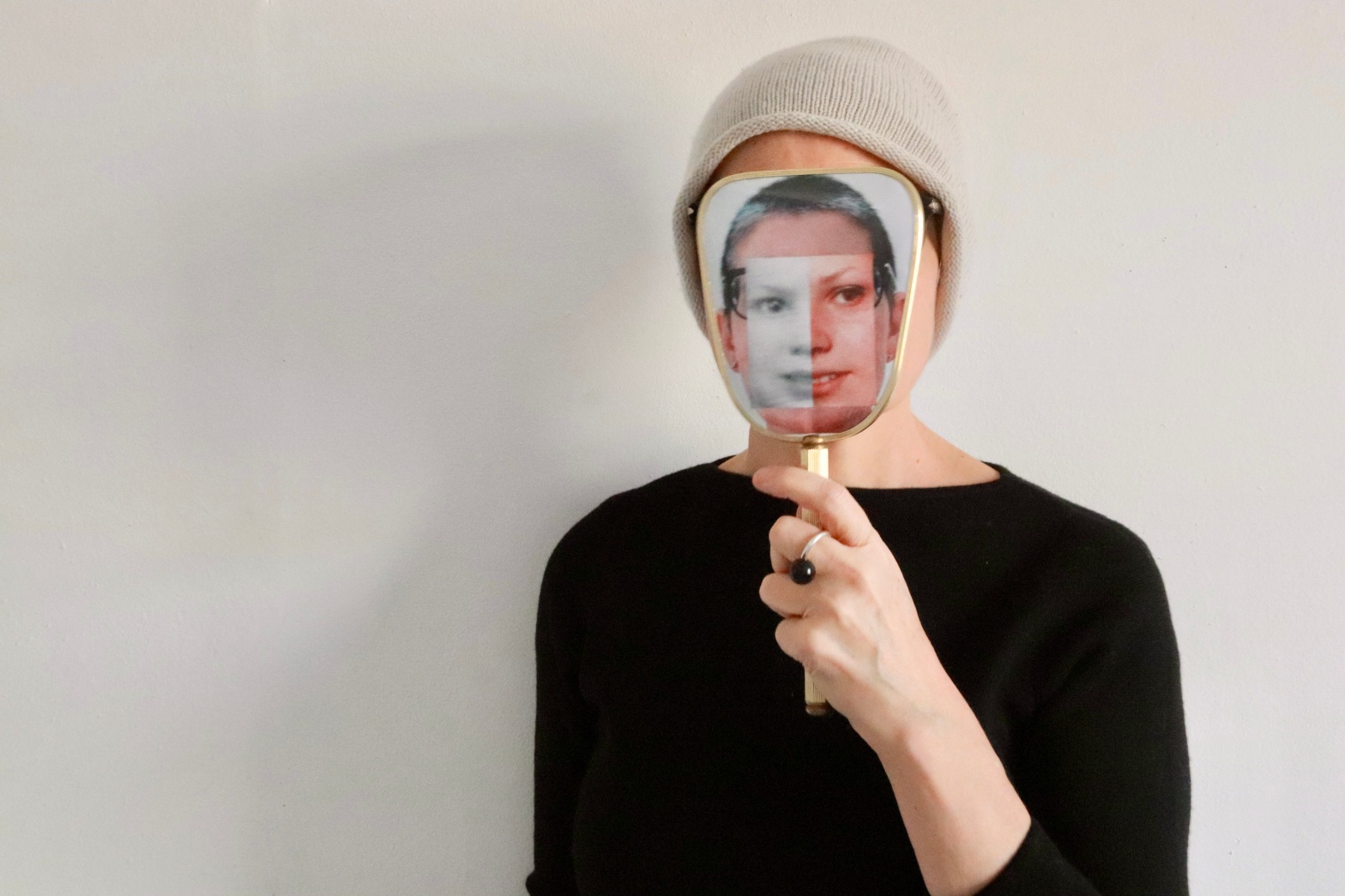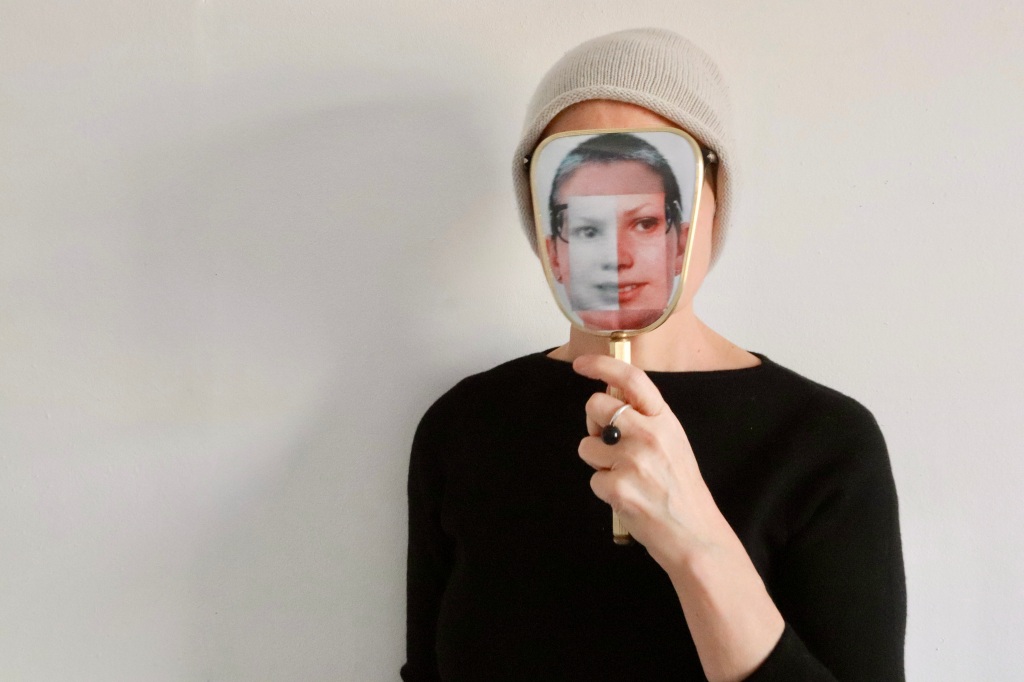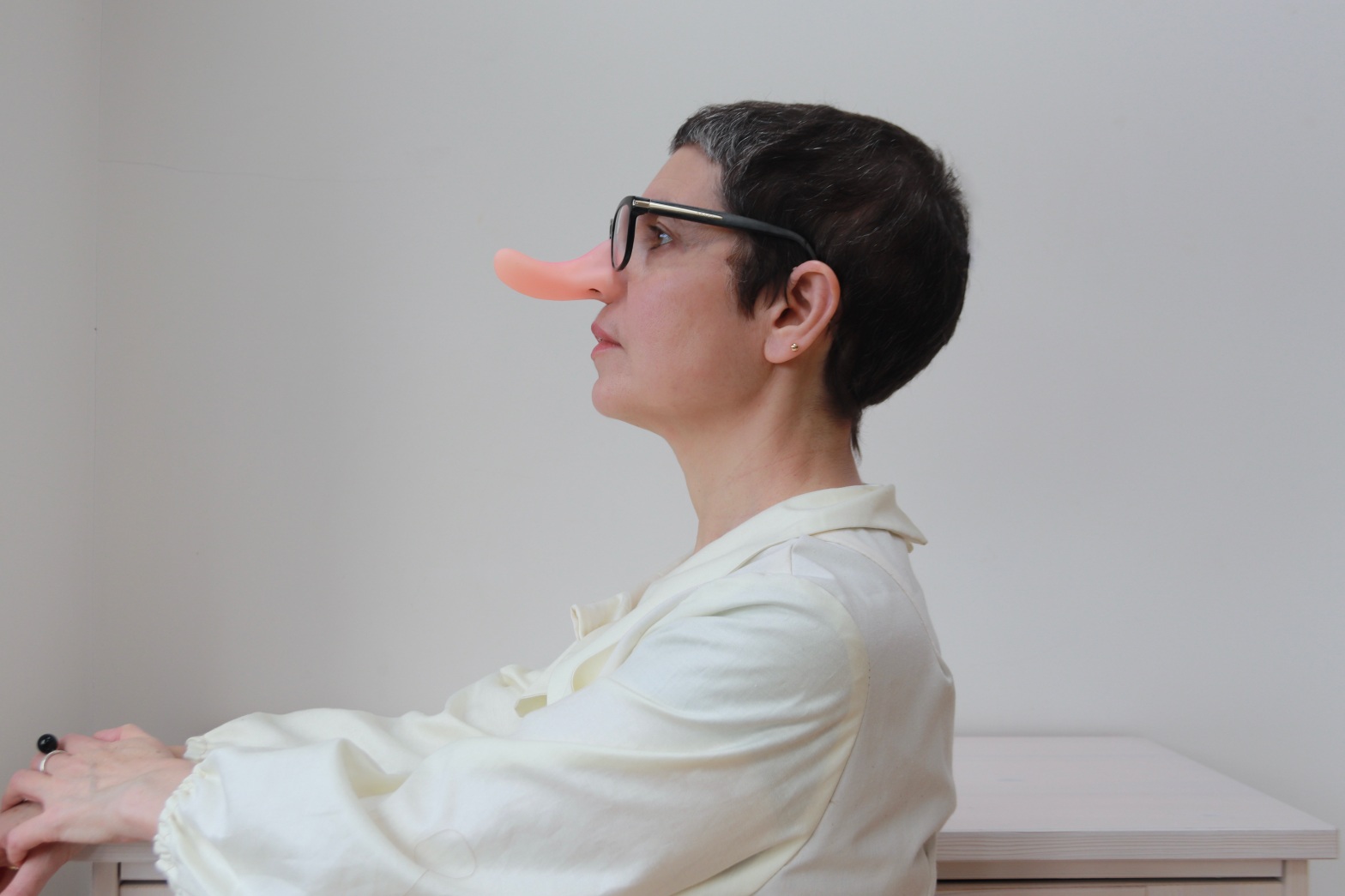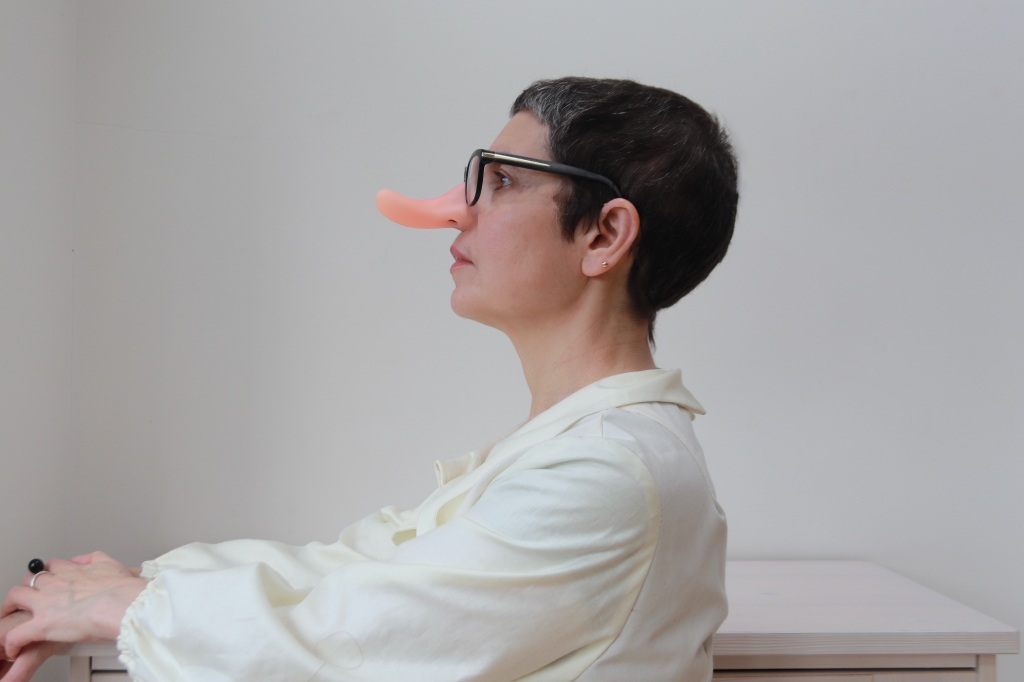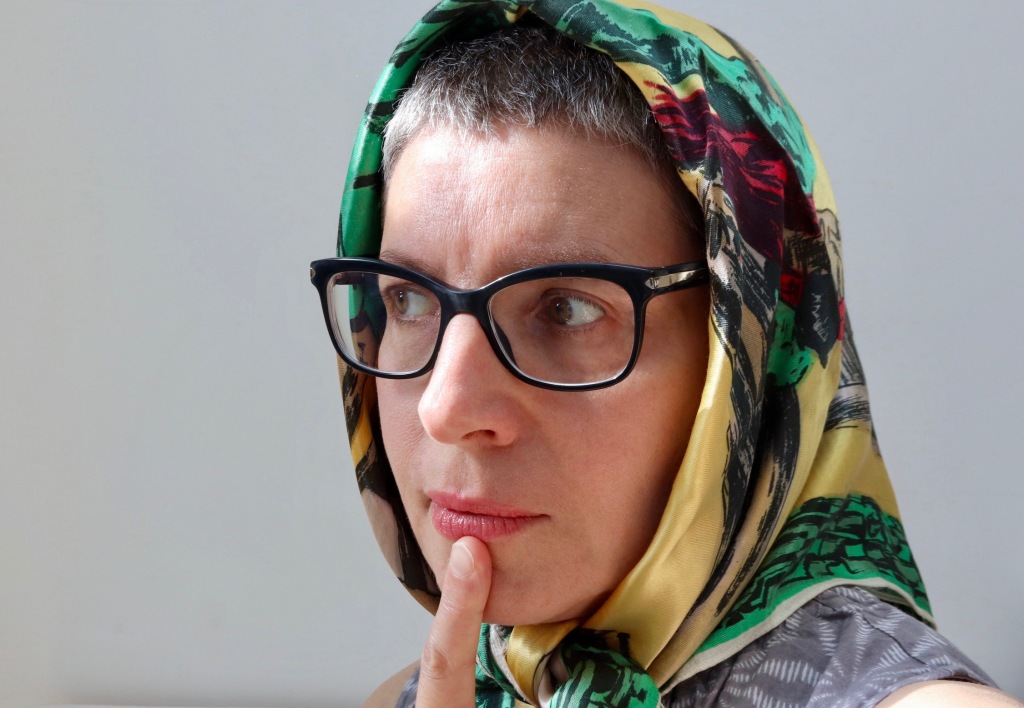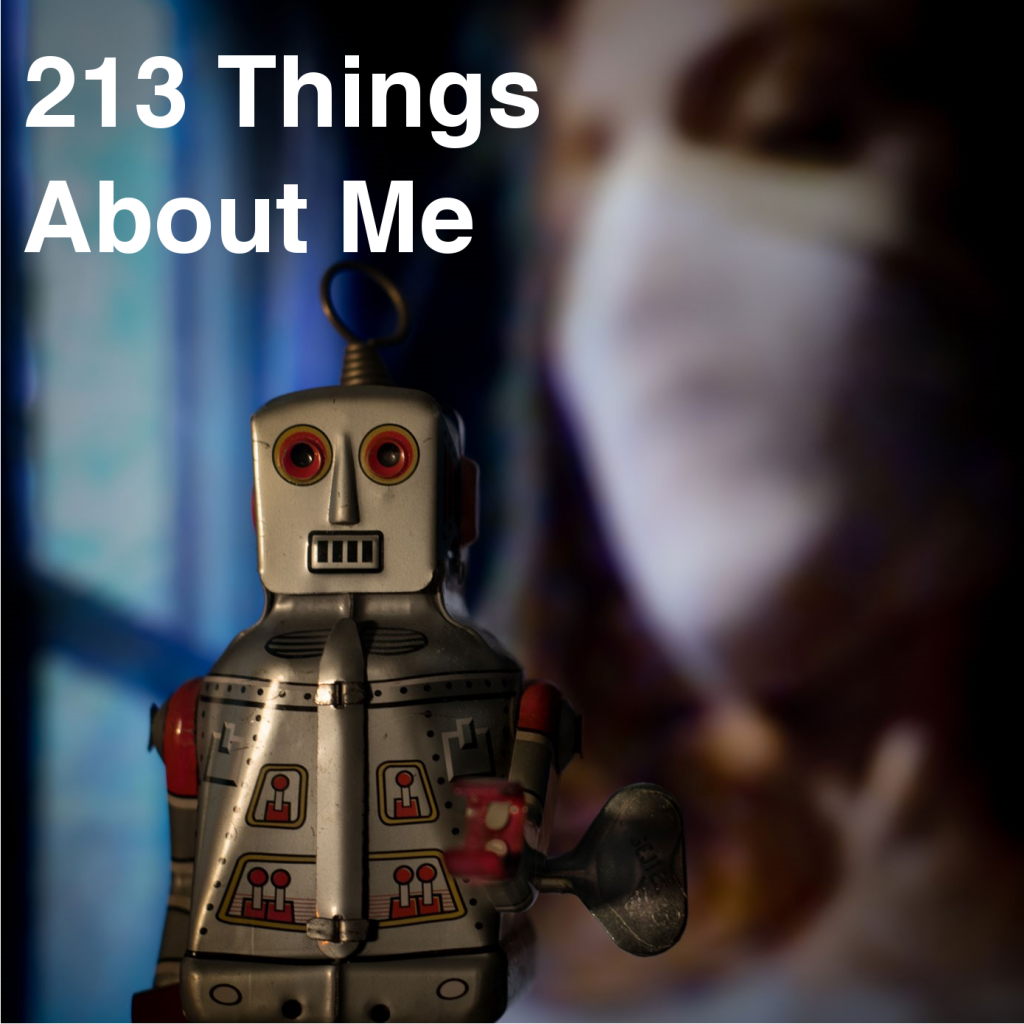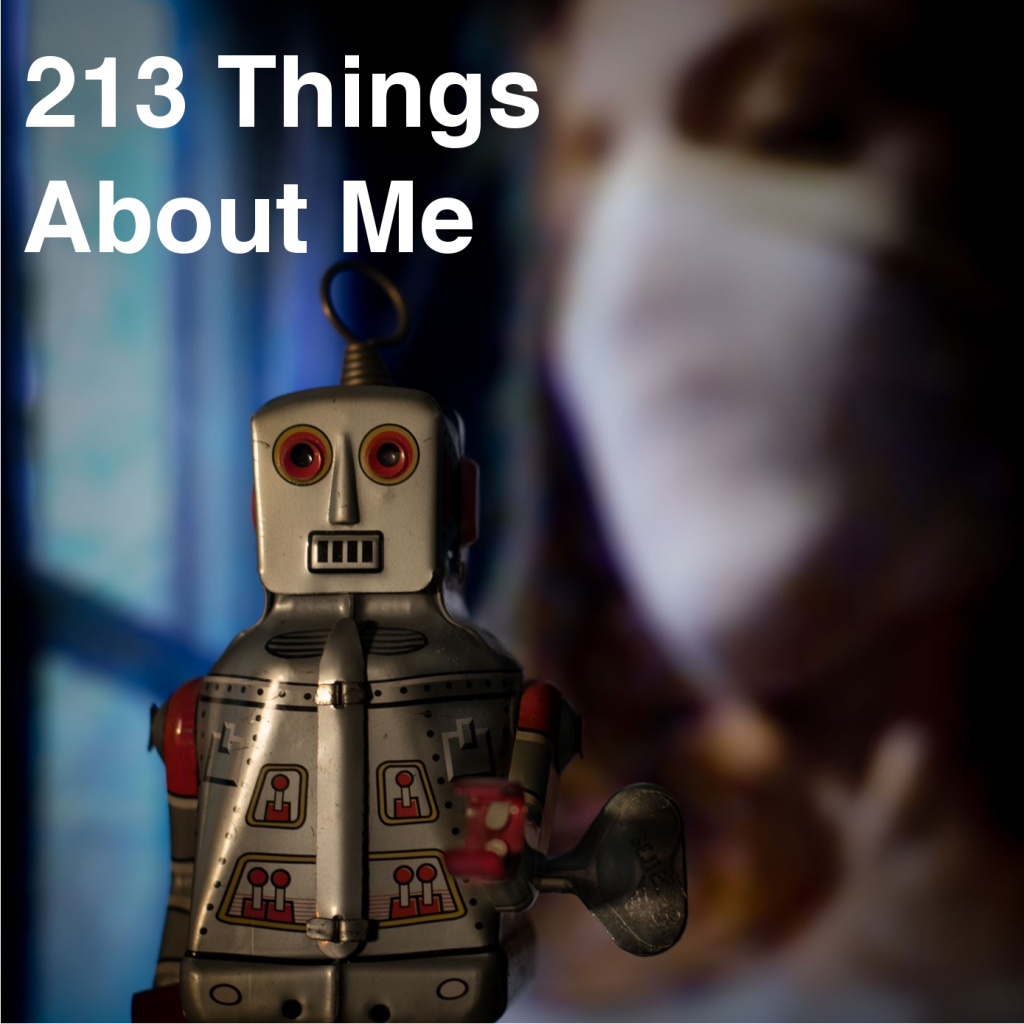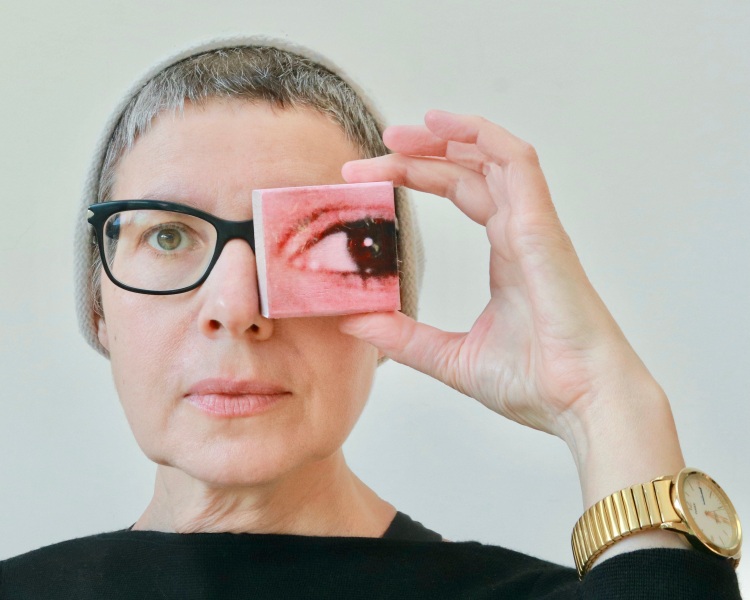
Neurotypicalism is a term often used as satire, but is it time to take it more seriously? I say yes.
A post for #AutisticAcceptanceMonth
As ever, in this blog post I speak only for myself and do not claim to represent all autistic people.
Recently I adopted the term neurotypicalism when neuro-normative just wouldn’t do. Now that neurodivergence has become an umbrella term for so many people who may not also be autistic, how do we talk about the autistic experience of complex relational difference? This question is vital because our innate relational difference is a primary source of othering and discrimination. The social bias towards neurotypicality is also all pervasive. In many ways we have gained in solidarity with others, and it is true that our profiles can be complex and often include overlapping neurodivergences. Yet when we talk about neurodivergence more widely, we also risk losing the specificity of this key aspect of the autistic struggle.
When we sometimes talk about autistic people runing on a ‘different opperating system’ I think we mainly refer to a social orientation that (importantly) is not always shared across other neurodivergences. This is why I find it helpful to return to the origins of the neurodiversity movement in autistic activism.
I have therefore reverted to the origins of the term neurotypical, to talk about neurotypicalism. In 2022 we know that there can be no typical and that there is only bias, however we are in need of a term which can help talk about what autism is not, even if this is not exact.
Neuro-normative is an extremely useful term, but it was ultimatlely unhelpful to me in the context I will describe below. This was because, while I was not the only neurodivergent person on the team, the other neurodivergent person was not autistic. While that other neurodivergent person could talk about neuro-normative bias and still relate non-autistically to every other non-autistic person in the room, the term lost all power for me.
Towards a new understanding of anti-neurotypicalism
I’ve just delivered some anti-ableism workshops for the Wellcome Collection Social Justice Curriculum (SJC). Carefully co-curated over several weeks with the Wellcome Collection SJC team, my workshops were delivered online to a cross section of staff.
Hired in as an external faciliator I feel I have gained as much as I delivered. As you may know, when you ask an autistic person to complete a task you often get a very thorough job indeed. What you may not know is that this is possible because the time and attention given to that job is often beyond non-autistic ken. Indeed we may apply an intensity of focus that has oft been either pathologised or overlooked. We hone in and hyperfocus above and beyond the brief.
The benefit of this approach is that the depth of engagement with a subject can be wonderfully rewarding. For me this has included reconnecting with the meme of neurotypicalism, and to gain a sense of mission about the specificity I personally require to advocate meaningfully and effectively. As the only autistic person on the team (as far as I know) the ‘double empathy bind‘ was the key focus of my workshops. As a non-autistic person, if you don’t understand this, you can’t hope to begin to decentre your relational bias. It’s a bias that has a stranglehold on virtually all the channels of opportunity you care to name, because neurotypicalism is the social glue that connects almost everything – and as Dirk Gently says, everything is connected.
Like all good ideas, it’s all out there already. The memes are brilliant, often hilarious and actually great teaching tools. I never said we couldn’t be funny while making a serious point, did I?
I now have some seriously considered teaching material, do get in touch via the contact page on my website for a conversation about making institutional change happen.
(Acknowlegements to @MxOolong for copy editing support. )

